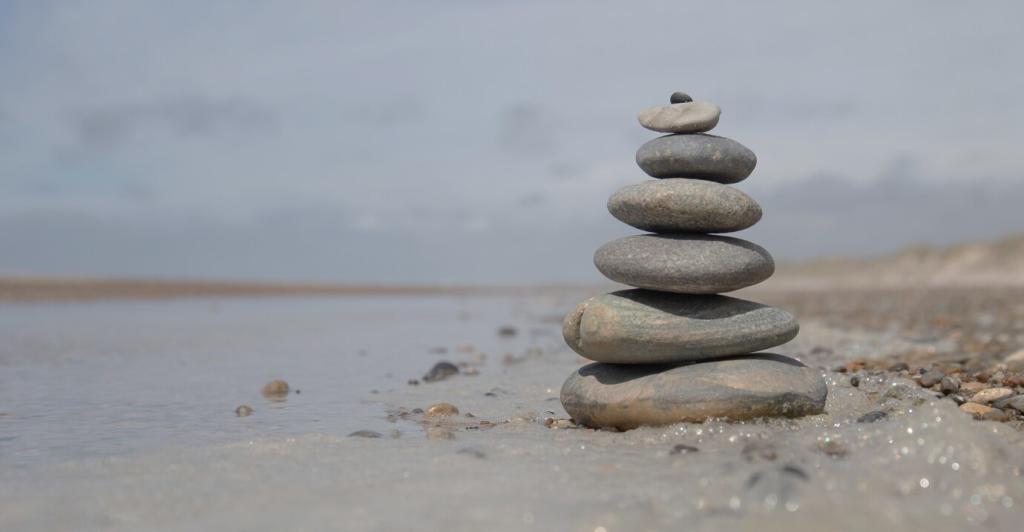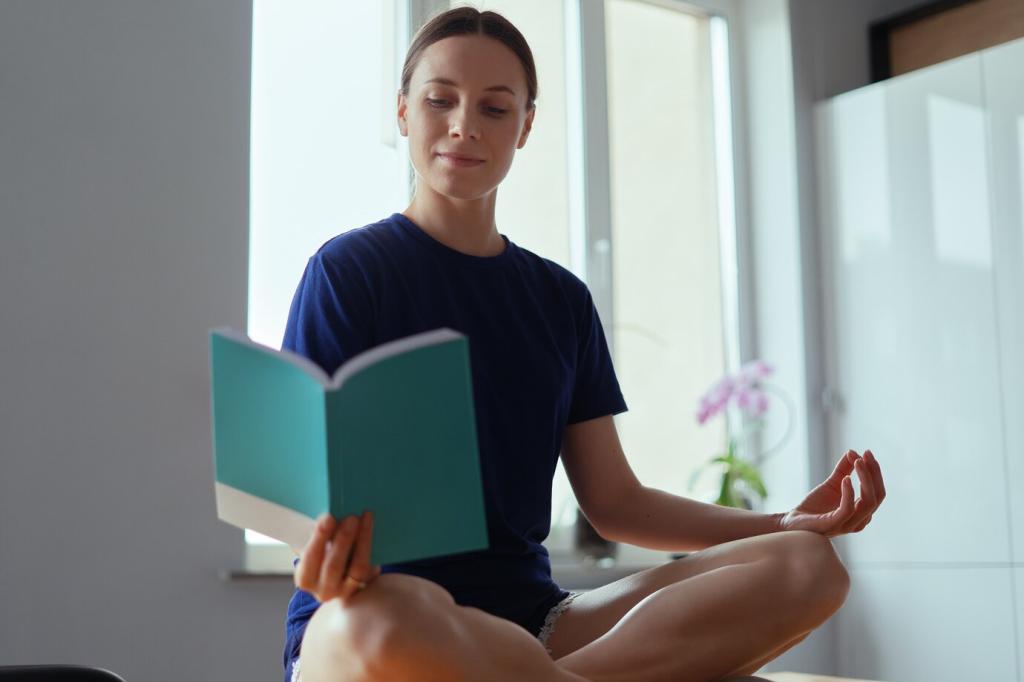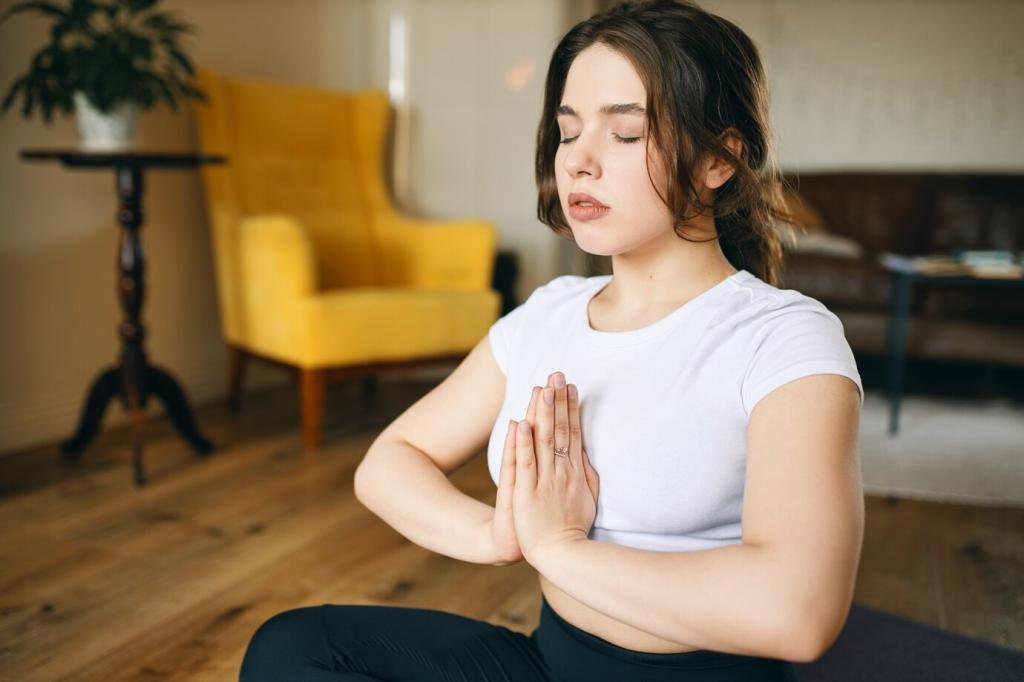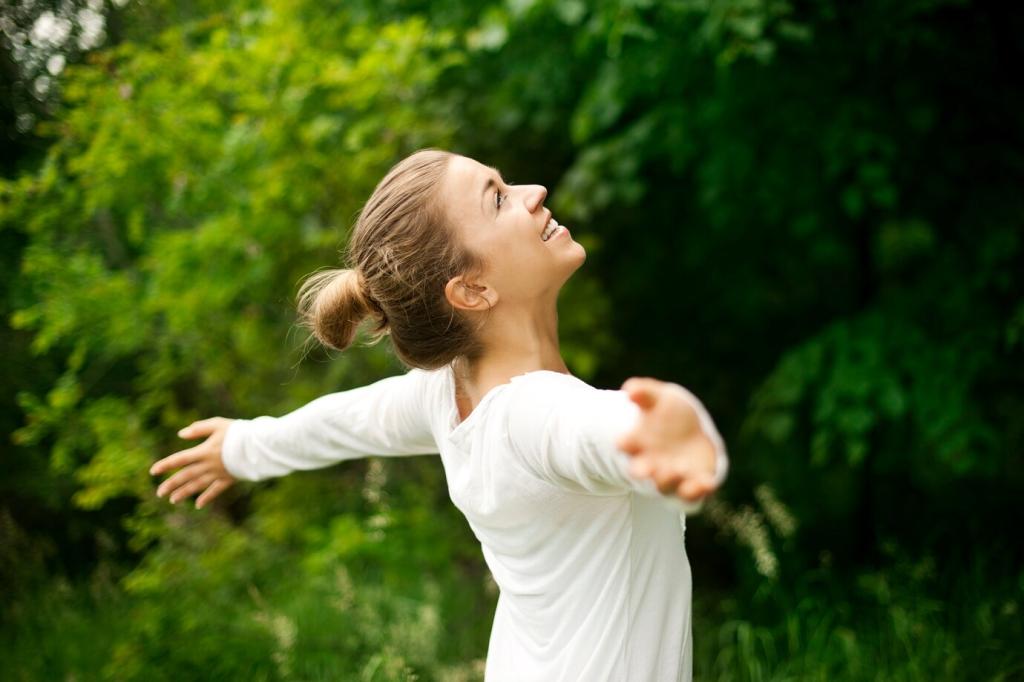Reducing Stress with Mindful Walking: Step Into Calm
Chosen theme: Reducing Stress with Mindful Walking. Step into a friendly, evidence-informed space where your feet, breath, and attention gently unwind tension. Join our community, subscribe for fresh prompts, and share your first mindful-walk intention today.
Why Mindful Walking Works
When you slow your pace and attention, the parasympathetic nervous system engages, helping heart rate variability improve while cortisol levels settle. Research suggests mindful walking reduces rumination. Test this today, then comment with the first sign your body starts to unwind.
Why Mindful Walking Works
Worry spins in loops inside the skull, but rhythm in your feet breaks that circuit. Heel-to-toe sensation, proprioception, and easy breathing pull attention downward. Share which sensation, temperature, or texture underfoot grounds you fastest during stressful moments.
Getting Started: A 10-Minute Guide
Minutes 0–2: Arrive
Stand tall, unlock your knees, and place attention in the soles. Notice light, temperature, and any tension. Begin walking kindly, not quickly. Try this today, then tell us what shifted within two minutes of steady, uncomplicated steps.
Minutes 3–6: Anchor with Breath and Steps
Walk at a conversational pace. Inhale for three steps, exhale for four, adjusting as needed. Match arm swing to breath. When distracted, greet the thought and return. Save this routine, and comment which count feels most natural for you.
Minutes 7–10: Widen and Close
Gently widen awareness to include colors, sounds, and the horizon. Whisper a supportive phrase on the exhale, such as, “Here, now.” End by pausing and noticing your heartbeat settling. Subscribe for our 10-minute checklist to reinforce this closing ritual.

Environments That Soothe the Mind
Use storefront reflections and crosswalks as rhythm cues. Soften your gaze and resist screen glances. Let surrounding footsteps become a gentle metronome. Comment with the urban detail that helps you stay present without effort, even during the lunch rush.
Environments That Soothe the Mind
Natural edges soothe the brain. Follow a shoreline, tree line, or curving path, letting your eyes glide smoothly. Smell greenery, trace birdsong patterns, and absorb spacious views. Tell us your most relaxing park route to inspire nearby readers.

The Trigger
Before a big presentation, Maya felt her shoulders rise and her jaw clench. She left her desk for six minutes, repeating heel, arch, toes. What everyday trigger might prompt you to try a brief mindful walk right now?

The Shift
Halfway down the block, she noticed lilac scent and a cooling breeze. Her breathing lengthened, her stomach softened, and worries lowered in volume. Share the tiny environmental cue that first signals your own nervous system releasing tension.
Techniques to Stay Present While You Walk
Count one through ten with each step, then begin again. When thoughts intrude, restart kindly. The goal is gentleness, not perfection. Comment how far you get before restarting and what that teaches you about your attention.
Techniques to Stay Present While You Walk
Quietly name three sights, three sounds, and three sensations as you walk. This playful scan anchors awareness without strain. Save the idea and teach a friend; practicing together strengthens motivation and consistency on stressful days.




Build a Sustainable Walking Habit
Commit to two mindful minutes after brushing your teeth or closing your laptop. Consistency beats intensity for stress relief. Share your chosen anchor time so others can borrow simple habit ideas that truly endure.
Build a Sustainable Walking Habit
Pair mindful walking with coffee runs, school drop-offs, or a bus stop. A familiar cue removes decision fatigue. Comment which routine pairs best, helping our community crowdsource practical stacking strategies that seamlessly fit real life.
